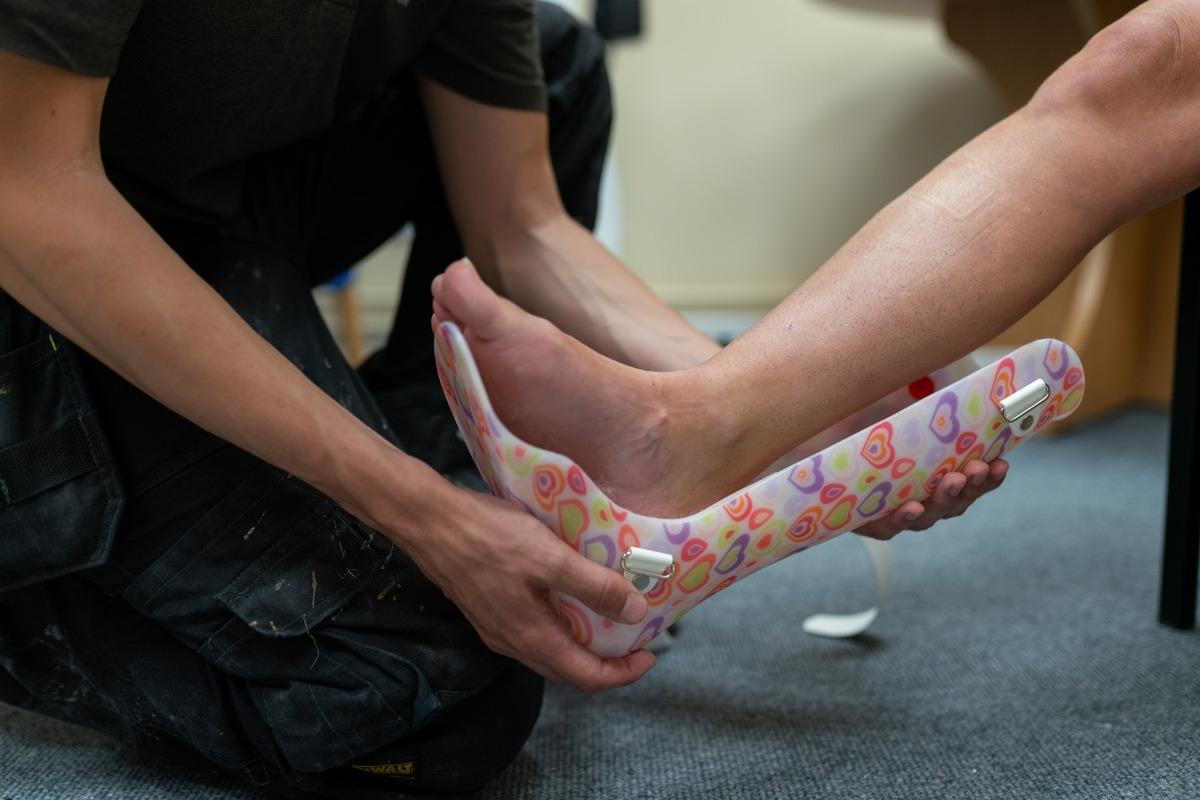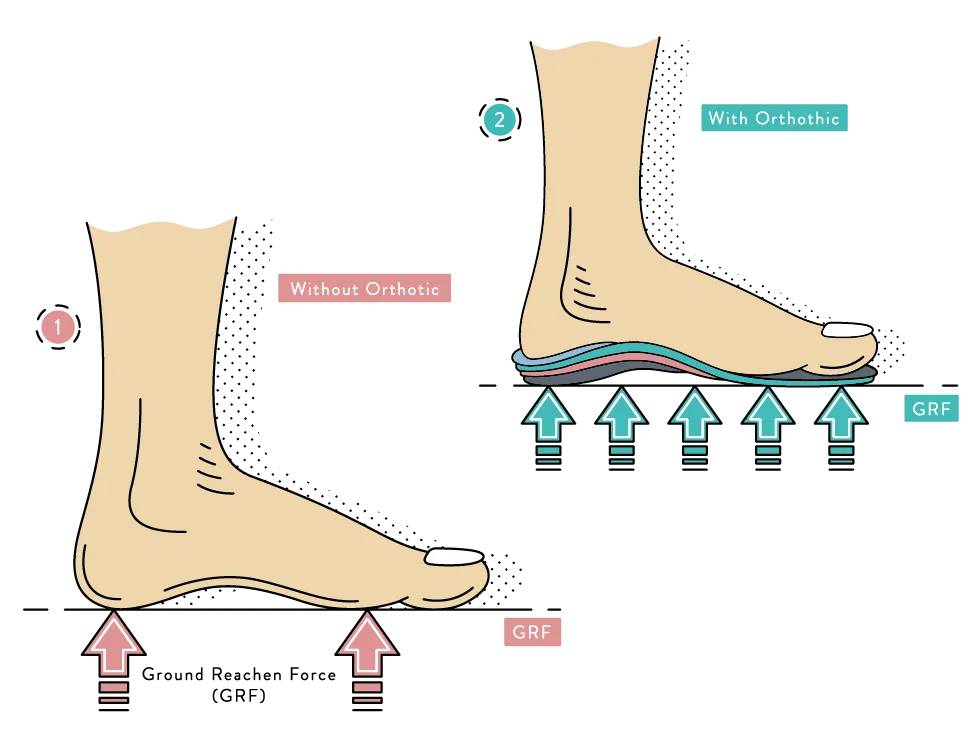How Tight Should New Ski Boots Be? Longmont CO
Cold toes in ski boots is a standard issue faced by skiers, affecting their comfort and total performance on the slopes (Find a Fitter for Bootfitting Broomfield CO). Warmth is essential for an pleasant skiing expertise, and cold feet can diminish the joys of gliding down a snow-covered mountain. Understanding the reasons behind chilly ft in ski boots and strategies to fight it can make a big difference in your snowboarding adventures
Ski boots are designed to provide the help necessary for snowboarding but can additionally be a supply of discomfort. A tight fit, while essential for control, can restrict blood circulate, leading to chilly feet. This is especially true if the boots are too small or not properly fitted. Ensuring that ski boots are the proper dimension is step one in stopping cold ft.
How Fit Affects Performance in Skiing Arvada CO
Another issue contributing to cold ft in ski boots is moisture. When your ft sweat inside the boots, that moisture can result in a chilling impact as the temperature drops. Skiing usually involves excessive energy expenditure, and the warmth generated contained in the boots can shortly be lost as sweat accumulates. Using moisture-wicking socks or boot liners can considerably alleviate this downside.
Insulation in ski boots plays a crucial position in preserving feet heat. Many boots include various degrees of insulation, and the selection of material can influence how properly they retain heat. Insulated boots are designed to keep heat in, but deciding on the best degree of insulation according to the local weather and individual preferences is crucial. Some skiers prefer additional layers, whereas others may find thicker liners too constricting.

Choosing the proper socks is just as crucial as deciding on the right boots. Thick, bulky socks can impede circulation, leading to chilly feet in ski boots. Opting for thin, high-performance ski socks created from materials designed to wick moisture can help maintain toes heat. Additionally, avoid cotton socks as they keep moisture and contribute to cooling down.
Another often-overlooked side is how one dresses for a ski outing. A comprehensive layering system is important. For ski journeys, preserving the entire physique heat ensures that extremities, just like the ft, keep warm as well. Investing in quality base layers, mid-layers, and outerwear may help optimize physique temperature and circulation.
Exploring Customization Options for Fit Arvada CO
Using foot warmers or heated insoles could be particularly efficient for those vulnerable to chilly toes. These gadgets present an additional heat source and could be present in varied varieties, from disposable chemical warmers to rechargeable battery-operated options. They might help delay comfort all through the day on the slopes.
Adjusting the way in which you fasten your boots can also make a significant distinction. Ski boots must be cosy however not overly tight. A too-tight fit can constrict blood move, resulting in chilly toes. Learning the way to properly adjust the buckles can help achieve a comfortable fit that balances warmth and performance.
Take note of how long you spend standing still versus skiing. Cold ft are sometimes exacerbated by inactivity. During breaks or while waiting in lines, ft have a tendency to cool down significantly. Making an effort to keep shifting, even when waiting, might help keep warmth.
Strategies for Long-Distance Skiing Fit Wheat Ridge CO
Plan your breaks wisely. When taking a break, discover a heat spot to relaxation. Stamping your toes or doing easy workout routines can hold your blood circulating and stop chilly ft in ski boots. Remaining aware of your body's temperature can guide timely interventions to keep heat locked in.
Remember that choosing the right ski resort and situations can also affect how chilly toes really feel. Some places are recognized for their biting winds and lower temperatures. More protected ski areas with sunnier situations can present a greater skiing experience. Thus, the selection of snowboarding location can not directly influence how cold or warm your toes feel throughout the day.
Finally, staying hydrated is essential. When the physique is well-hydrated, circulation improves, which is crucial for sustaining heat. It’s straightforward to overlook to drink water while concerned in actions, especially in cold climate, but making a conscious effort to stay hydrated can have significant advantages.

Addressing chilly ft in ski boots typically includes trial and error, adapting gear and methods to seek out the proper solution for particular person needs. Every skier is totally different, and what works for one person may not work for one more. It’s essential to experiment with various socks, boot types, and layering methods to find the simplest combination for oneself.
The Art of Ski Boot Customization Louisville CO
Ultimately, enjoying skiing to the fullest requires consideration to the little issues that impact comfort and performance. Understanding the causes of cold toes in ski boots and implementing methods to prevent it can remodel a chilly ski day into an exhilarating expertise. By maintaining feet heat, skiers can focus on soaking in the brilliant thing about the mountains and the fun of the journey.
Cold feet shouldn't be a recurring challenge however quite an opportunity for skiers to refine their setup and techniques. Emphasizing warmth and luxury ensures a more gratifying day on the slopes, allowing for longer and extra fulfilling runs. Each skier can take proactive steps to mitigate the coolness, turning skiing right into a joyous winter journey rather than a battle against the chilly.
As the season unfolds, keep in mind that snowboarding is about enjoying the mountains, the recent air, and the excitement of gliding on snow. Keeping chilly feet at bay enhances each aspect of the expertise, permitting for a focus on technique and delight rather than discomfort.
Creating a Comfortable Ski Boot Fit Golden CO
Finding pleasure in skiing is possible by addressing every little thing from boot fit to sock selection, layering, and hydration. By prioritizing these elements, skiers can guarantee they have the correct measures in place against chilly feet, allowing each trip down the slope to be as exhilarating as meant.
- Proper fit of ski boots is crucial; too much room can lead to chilly toes due to insufficient blood circulation.
- Insulating footbeds made from supplies like gel or specialised foam can enhance warmth by offering thermal protection.
- Toe heaters or heated insoles are efficient accessories to fight chilly feet, especially in extremely low temperatures.
- Keeping ft dry is important; moisture from sweat can result in significant cooling, so moisture-wicking socks are really helpful.
- Choosing the proper socks, typically produced from merino wool or artificial blends, can significantly improve warmth and luxury.
- Periodically taking breaks permits for foot movement and circulation, helping to alleviate numbness and enhance heat.
- Ensure that ski boots usually are not overly tightened, which can prohibit blood circulate and contribute to chilly sensations.
- Tuning the boot’s insulation stage based on weather circumstances can hold toes hotter; consider models with adjustable features.
- Using ski boot heaters or foot heaters can provide a consistent supply of heat throughout long outings on the slopes.
- Familiarizing oneself with layering techniques for ski gear also can assist in stopping chilly toes by sustaining overall body warmth.undefinedWhat causes cold feet in ski boots?
Ski Boot Fit Essentials for Varied Terrain Thornton CO
Cold toes in ski boots is typically caused by poor circulation, inadequate insulation, or moisture throughout the boot. If your toes are chilly, it could imply your boots are both too tight, not warm enough, or not fitted properly.
How can I forestall chilly ft whereas skiing?
To stop chilly toes, guarantee your ski boots fit properly without being overly tight. Use moisture-wicking socks made from wool or artificial supplies, and contemplate boot heaters or heated insoles for added heat.
Boot Fit Testing Before Purchase Niwot CO
Are ski socks essential for maintaining my ft warm?
Yes, ski-specific socks are designed to offer heat whereas permitting moisture to escape. They are sometimes thicker around key areas like the toes and shin, enhancing insulation without compromising comfort.
Is it okay to wear two pairs of socks in ski boots?
Wearing two pairs of socks can truly restrict circulation, leading to colder feet. It’s better to decide on a single, well-fitted moisture-wicking sock designed for skiing.
Custom Fit Boot Liners Overview Thornton CO
What ought to I do if my ft get cold while skiing? (Master Boot Fitting Techniques Westminster CO)
If your toes turn into chilly, take a break to heat them up. Remove your boots for a couple of minutes, wiggle your toes, and contemplate including foot heaters or shifting to a warmer surroundings, if potential.
Understanding Pressure Points in Ski Boots Golden CO
Can boot liners assist with chilly feet?
Yes, high-quality boot liners can significantly improve insulation and heat. Consider custom or heat-moldable liners that conform to your foot, enhancing each comfort and thermal administration.
How necessary is boot slot in stopping chilly feet?
A proper boot fit is crucial for preventing cold toes. Boots should be snug however not overly tight, permitting for good circulation whereas maintaining warmth contained. Poor fitting can lead to pressure points, restricting blood move.
How to Put On & Fit Ski Boots Guide Thornton CO
Do the sort of ski boots affect warmth?
Absolutely. Insulated or high-performance ski boots usually present better thermal safety. Research the precise options of shoes, as some fashions prioritize warmth along with performance.
DIY Ski Boot Stretching Techniques Firestone CO
Should I be involved about moisture in my ski boots?
Yes, moisture can contribute to chilly ft. Always dry your boots thoroughly after each use, and think about using waterproof boots or gaiters to maintain snow and moisture out whereas snowboarding.
What are some signs that my ski boots are too tight?
Evaluating Ski Boot Fit Effectiveness Loveland CO
Signs that your ski boots are too tight embrace tingling or numbness in your toes, cold toes, or noticeable discomfort when wearing them - How Tight Should New Ski Boots Be? Dacono CO. If you expertise any of these, consider getting a professional fitting or adjusting the boot dimension
anchor useful link